Fairytale and Fable
By Chris Jorgensen
I want to continue with where we left a while back before our Horror list. As a reminder, we went over the history of fantasy as a genre. Now, I want to expand on that by examining some of the subgenres of fantasy. I won’t go into near the depth I have done in the past with other major genre examinations, but I want to touch on them and get an understanding of just how massive the genres inside of Spec. Fiction is. So, today I want to cover:
Fairytale and Fable
Fairytales are among the oldest of folk stories, and many survive into the modern-day (think Disney). Most fairytales have some element of fantastical in them, dragons, dwarves, goblins, the usual entities for most folklore. They take short story form and are mostly of European origin. While initial tellings of these stories targeted adults as well as children, modern-day works are focused primarily on children and children’s literature.
The term fairytale was first credited to Madame d’Aulnoy in the late 17th century. The trouble with mapping the history of the fairytale is that we have no real way to trace it back as far as it can go. Only the literary works survive, with many fairytales retold in the oral tradition. Scholars suspect that some tales date back thousands of years, some as far as the Bronze Age. So the history of the exact origin or the oldest stories is very much up for debate.
The fable is the most recognizable of the folktale genre and often features animals, objects, or forces of nature, all of which were usually anthropomorphized. The stories revolve around telling a story that has a moral lesson tied to it. The thing that separates the fable from the fairytale is that while most modern known fairytales come from Europe, the fable has no discernable origin as almost every country or region has evidence of fables.
Aesop’s fables are among the most well known in the western world, and many stories are credited to Aesop, even though his very existence is a matter of debate. As the story goes, he was a slave in ancient Greece around 550 BCE. No original literary or written account of his stories exists, meaning a man named Aesop never wrote anything down, and all of the most well-known stories are in oral tradition. So this makes for a great deal of uncertainty.
Fables were used in Greece as a means of literacy education and later as a means to help students develop proper rhetoric techniques. Students were encouraged to memorize, adjust, and even create new fables as a means to build up their persuasive abilities. The need to teach and instruct students in these matters was the only reason collections of fables were made, much like Aesop’s fables.
So not a ton of information this week, but an excellent introduction to some fun subgenres that we can begin to explore! Next time, I want to delve further into the fantasy realm and expand the subgenre study.
Chris Jorgensen is a writer of the Editing Mee team. Chris is often described as an amalgamation of too many things for his own good. Writer, musician, academic, book collector, scavenger, and soon one of the authors of our Collective Darkness Anthology.
Have your own fairytale or story you need edited? Contact us.



